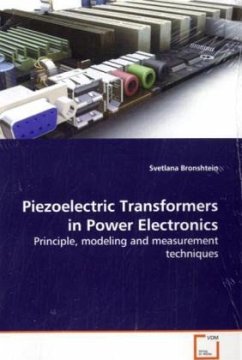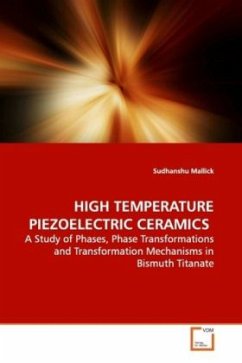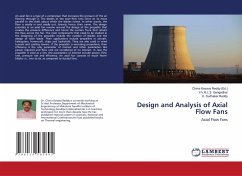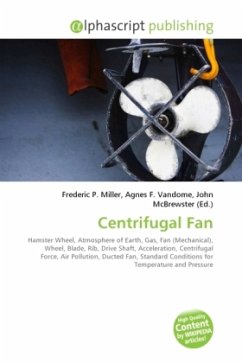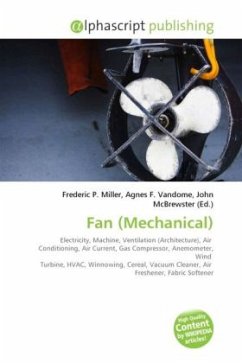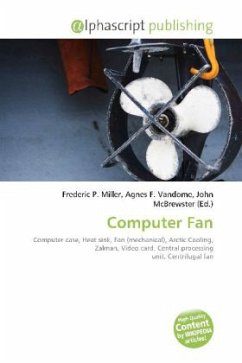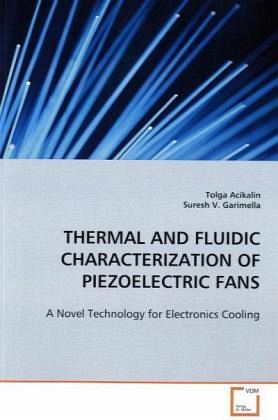
THERMAL AND FLUIDIC CHARACTERIZATION OF PIEZOELECTRIC FANS
A Novel Technology for Electronics Cooling
Versandkostenfrei!
Versandfertig in 6-10 Tagen
68,00 €
inkl. MwSt.

PAYBACK Punkte
0 °P sammeln!
The two most remarkable characteristics ofpiezoelectric fans are their low noise levels andtheir low power consumption. These features renderpiezoelectric fans well-suited to applications in thethermal management of portable electronic devices.Feasibility studies conducted on piezoelectric fanshave demonstrated the viability of using thesedevices in electronics cooling applications. However,these studies lack a detailed characterization ofthese devices to an extent which would lead to theiroptimal integration. The cooling performance of thesefans are experimentally characterized in detail.Expe...
The two most remarkable characteristics of
piezoelectric fans are their low noise levels and
their low power consumption. These features render
piezoelectric fans well-suited to applications in the
thermal management of portable electronic devices.
Feasibility studies conducted on piezoelectric fans
have demonstrated the viability of using these
devices in electronics cooling applications. However,
these studies lack a detailed characterization of
these devices to an extent which would lead to their
optimal integration. The cooling performance of these
fans are experimentally characterized in detail.
Experimentally it is shown that for the same cooling
performance axial fans consumed approximately 10
times more power than piezoelectric actuators. A
two-dimensional numerical model is also developed and
validated with experimental measurements. The
numerical model is used to develop fan curves for the
piezoelectric fans, using a methodology similar to
that used in constructing pump or fan curves for
conventional fans. A simplified model based on
stagnation region heat transfer in impingement flows
is also proposed to estimate the heat transfer from a
piezoelectric fan.
piezoelectric fans are their low noise levels and
their low power consumption. These features render
piezoelectric fans well-suited to applications in the
thermal management of portable electronic devices.
Feasibility studies conducted on piezoelectric fans
have demonstrated the viability of using these
devices in electronics cooling applications. However,
these studies lack a detailed characterization of
these devices to an extent which would lead to their
optimal integration. The cooling performance of these
fans are experimentally characterized in detail.
Experimentally it is shown that for the same cooling
performance axial fans consumed approximately 10
times more power than piezoelectric actuators. A
two-dimensional numerical model is also developed and
validated with experimental measurements. The
numerical model is used to develop fan curves for the
piezoelectric fans, using a methodology similar to
that used in constructing pump or fan curves for
conventional fans. A simplified model based on
stagnation region heat transfer in impingement flows
is also proposed to estimate the heat transfer from a
piezoelectric fan.




